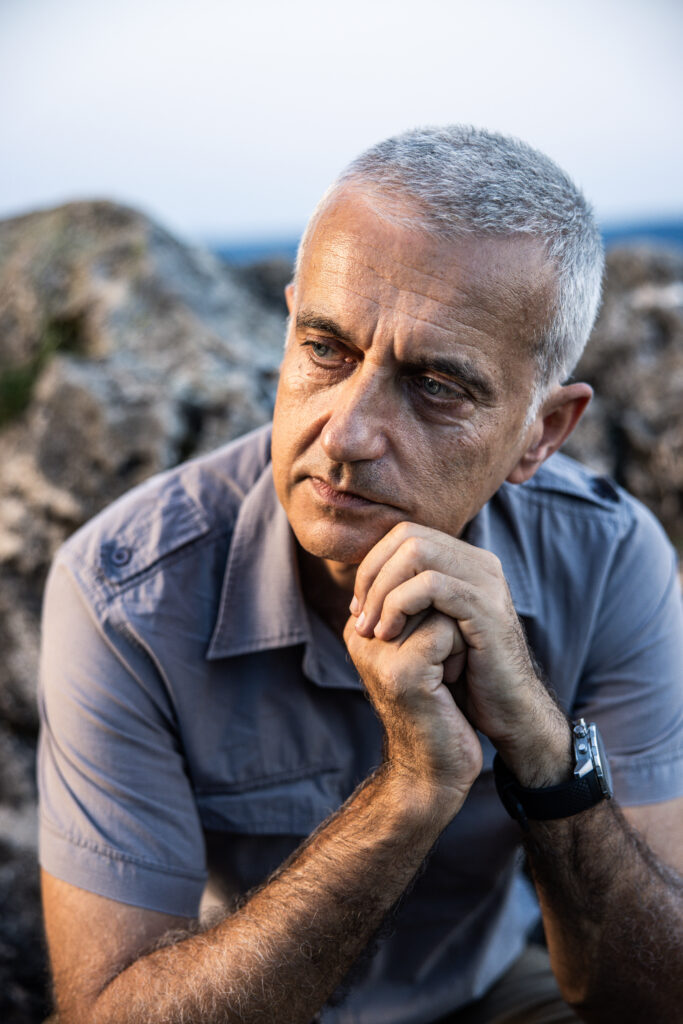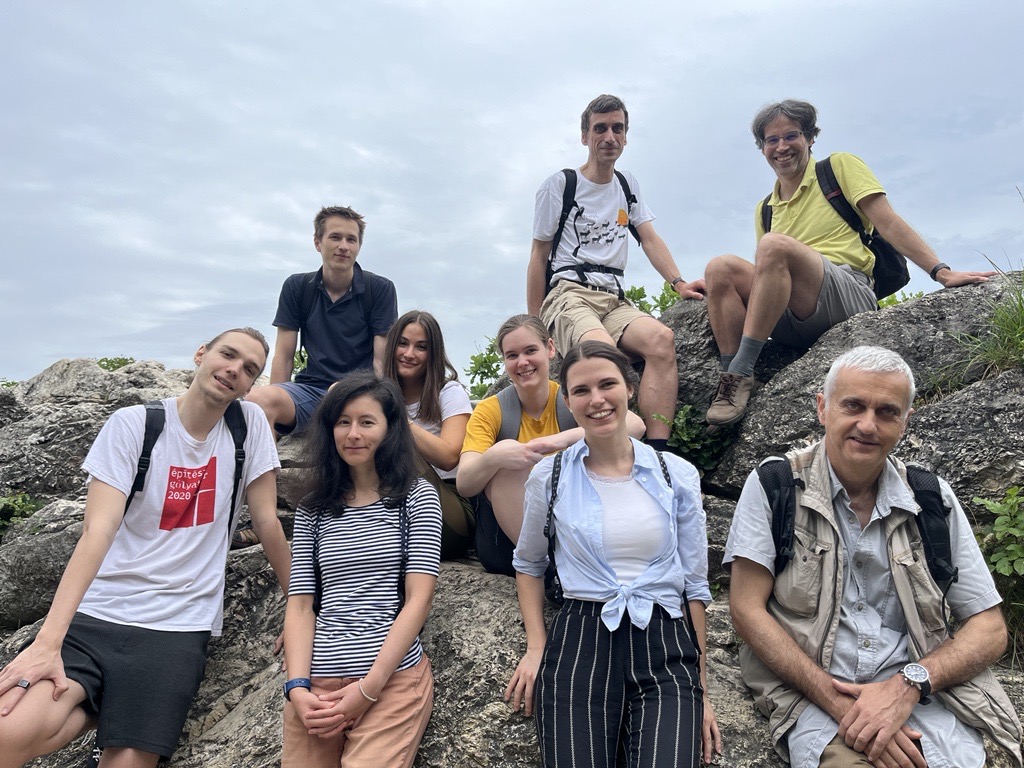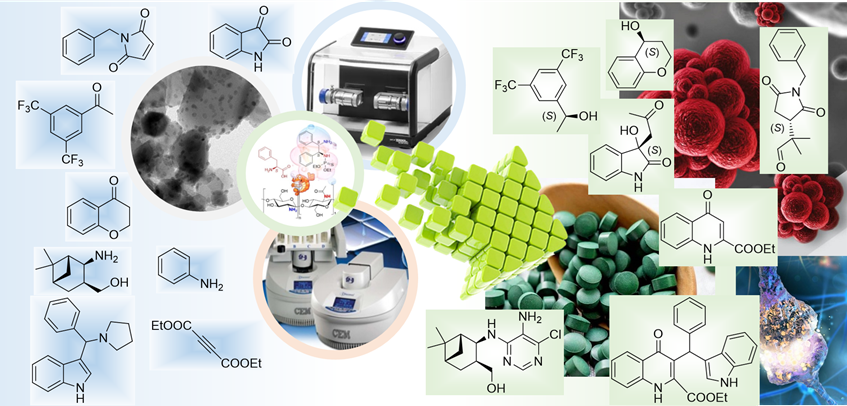Research leader name
Gábor Domonkos

The research group operates in an interdisciplinary field: members come from 5 faculties of the BME (civil engineering, architecture, mechanical engineering, computer science, natural sciences) and collaborate, among others, with the University of Debrecen, the University of Pennsylvania, the University of Bern, the National University of Singapore, the University of Oxford, and the NASA Mars Science Laboratory.
Downloads
- CV
- Podcast
External Links

The work of the research group is focused on three, closely interlinked topics:
- Discrete- and continuous-time mathematical models describing the temporal evolution of solid bodies and space-filling patterns.
- Geometric and mechanical description of convex polyhedra, with special emphasis on the geometry of monostatic polyhedra.
- Applications in natural sciences (including geology, statistical physics, planetology, paleontology, chemistry and biology), industrial applications, architectural applications.
The initial state of the solutions to the equations developed and studied in Topic 1 (for example those describing the evolution of sedimentary particles, crack patterns or molecular patterns), are often the convex polygons or polyhedra studied in Topic 2. Particularly interesting are bodies with few equilibrium positions because the number of equilibrium positions decreases in abrasion processes.
By combining the above three topics, the research team has developed a complex geometric toolbox that has attracted the interest in several scientific disciplines and the international popular-scientific press. The group’s results have been reported in BBC, Science Magazine, by the American Mathematical Society, in Wired Magazine, Quanta Magazine, Newsweek, Spektrum Magazine, New Scientist and Popular Mechanics, among others.
The group’s profile includes the construction and analytical testing of mathematical and physical models, computational (numerical) testing of the same models, design and construction of laboratory experimental equipment, and the performance and evaluation of laboratory and field measurements.
The toolbox developed by the group has led to surprising results for many natural phenomena that can be described by planar and spatial geometries (e.g. abrasion processes, crack patterns and their evolution over time, molecular patterns, biological patterns), and the group is actively seeking scientific and industrial applications where the results accumulated so far can be exploited.



